Direct mail is one of, if not the most common form of offline marketing. It can trace its routes all the way back to the early to mid-1800s. The American Anti-Slavery Society printed and mailed marketing materials to religious and civic leaders in the south in 1835. They created a mailing list from names in newspapers and city directories, among other public records. Over 200 years later and direct mail is still as relevant and compelling today as it was back then. Billions of pieces of direct mail are sent around the world every year. Here are our five best ways to make direct mail more effective.

Quick look:
- Build trust
- Profile your demographic and targeting
- Use holiday periods
- Make it personal
- Pick the right format for your audience
Trust us!
Wikipedia defines trust marketing as “a marketing theory based on building consumer relationships through trustworthy dialogue and unbiased information”. Trust is a vital step in the customer journey. If the customer doesn’t trust your brand, they are not going to buy anything from you. Direct mail is one of the most trusted forms of marketing and can help build trust between the customer and you.
How do you build trust with a direct marketing campaign? As we said, direct mail is one of the most trusted forms of marketing. This means people are more open and responsive when reading direct advertisements. Here are some key points to stick to when creating your campaign.
Authenticity is the key to building a long-lasting, trustworthy relationship with your customer base. Be honest and open in your marketing campaigns.
Testimonials can be included in your piece. Hearing good reviews about you or the products you offer can build confidence and drive conversions.
Sticking to your brands’ messaging ensures there is a constancy to your brands’ voice and will also help to build trust.
Pictures can say a thousand words, but they can also imbue confidence. Choose your imagery carefully.

Profiling and targeting
A case can be put forward that profiling and targeting are two of the most important parts of a campaign, and it would be hard to refute that. Finding your ideal demographic from your current customer base and then accurately targeting them can be the difference between a successful and unsuccessful campaign.
Profiling your existing customer data is not hard. Run your current customer file through a company like Experian to build a Mosaic picture of your ideal demographic. Then use this to purchase new prospect data. Your results should be higher because the people you are sending to are in your ideal demographic, and the messaging should resonate with them more than others.
Highly targeted campaigns are more cost-effective and better for the environment. This is because you are not wasting money and carbon emissions by sending marketing paraphernalia to prospects who do not want to see it.

Use the holidays
Whether it is Mothers Day, Valentines’ Day or of course Christmas using the holidays and building your campaign around them is a way to connect with your audience. People are more receptive to marketing during the holiday periods because they are expecting gifts and cards in the mail, making it a prime time to send direct mail to your prospects.
When planning a direct mail campaign around a holiday, think about your land date. Send it too early, and your prospects would have forgotten about your offer, leave it too late, and people would have already bought their loved ones gifts.
Don’t forget about people’s birthdays too. Give them an exclusive birthday offer so they can treat themselves. Personalised direct mail marketing such as birthday offers have much better conversion rates. (Is that segway into the next chapter?)

Make it personal
Personalised marketing is the implementation of personalisation via an automatic method. You may think this is only for digital but it easier than you think to personalise your next direct mail campaign.
The first and easiest way is to address the piece to someone, and we’re not just talking about in the address. But putting a persons name in the copy is easy and instantly drives a connection between brand and consumer.
81% of consumers want brands to get to know them and understand when to approach them and when not to. Segment your audience, so you know who and when to send that piece of marketing. The simplest example of this is, if someone has just signed up for a years subscription at one price, they are not going to trust you when an offer comes through at a cheaper rate.
Another way of personalising and adding extra exclusivity to an offer is personalised codes, especially if that code has an element of the prospects name to make it clear this offer is just for them. Personalised codes also have the added benefit of more accurate tracking.
The best form of personalisation is making sure the person receiving your DM piece could have an interest in your product, and this can be done through ensuring you’ve profiled your data well and made the offer of interest to that demographic.

Pick the right format for your audience.
The right format should not only be influenced by your product or service but by your audience. Let’s have a look at a straightforward example. We’ll take the same product but look at two different age brackets.
You are a luxury chocolate retailer and want to sell your gift boxes. If you were sending the campaign to the over 50’s, you might want to use a brochure. Which goes into detail about each box and what’s in them and so on. On the other side, a younger audience might prefer a flyer with a QR code that directs them to a video advert for the boxes.
Conclusion
As you can see, doing the work at the planning stage of a direct mail campaign and researching your audience then building a connection are the key elements to getting making direct mail more effective.
PSE has 25+ years within the offline marketing sector. Use our free campaign planning session to find out how we can improve your next direct mail campaign.




